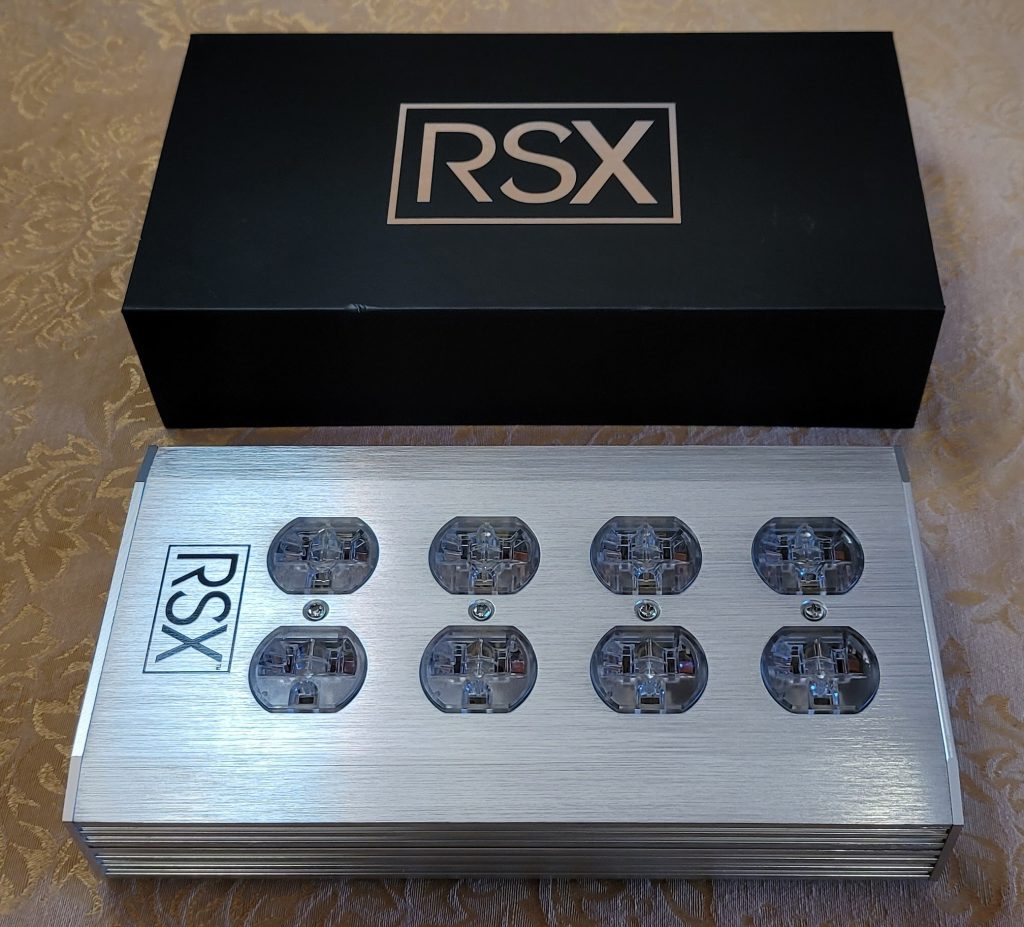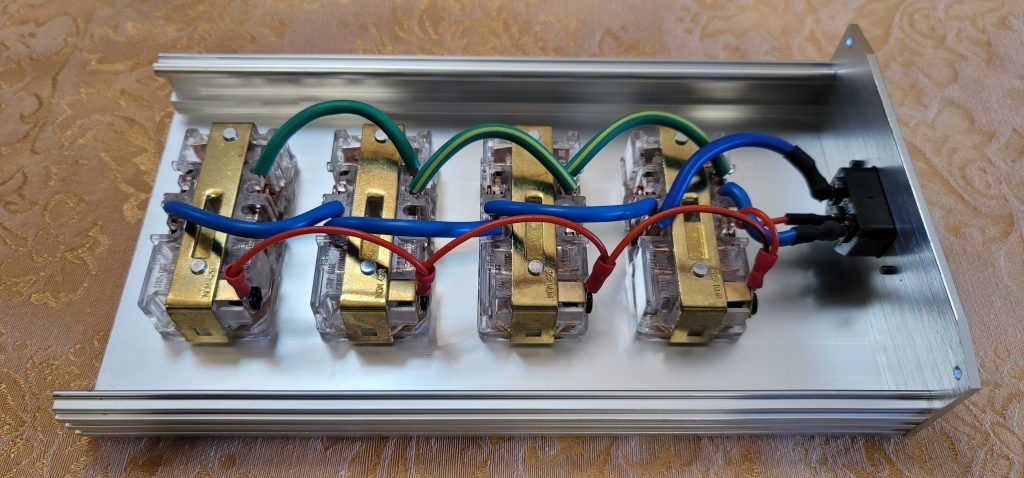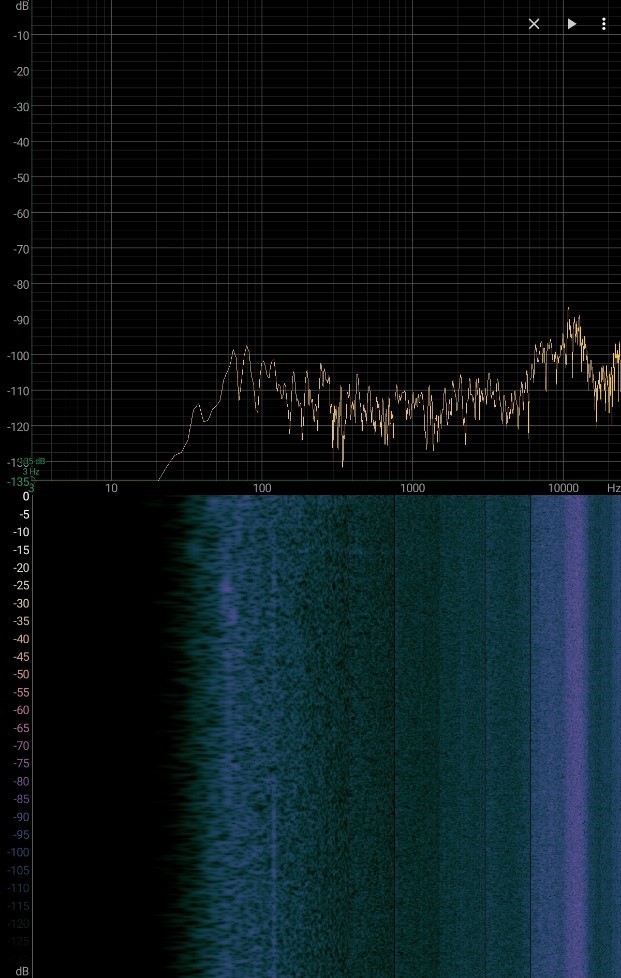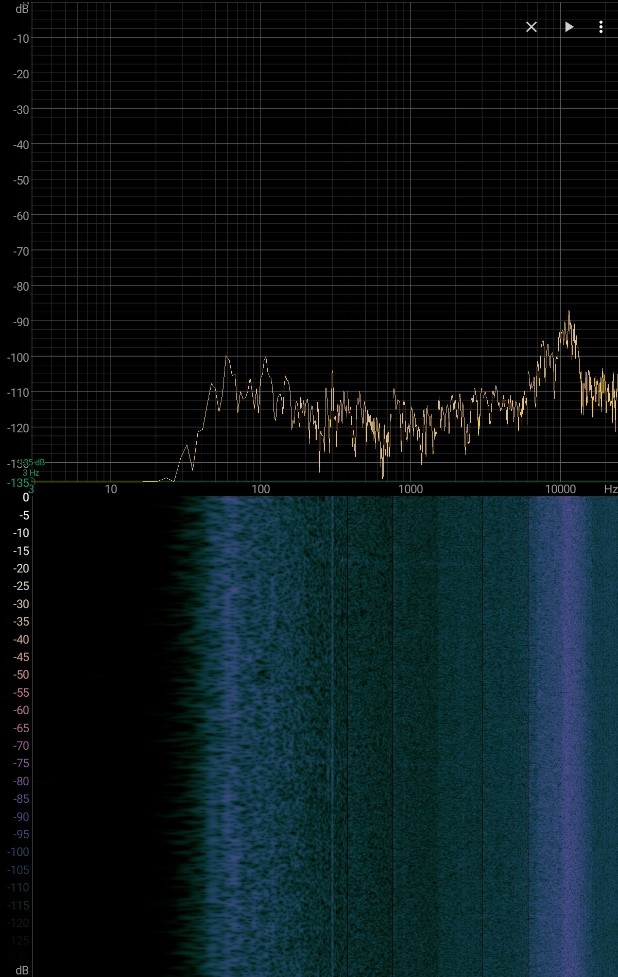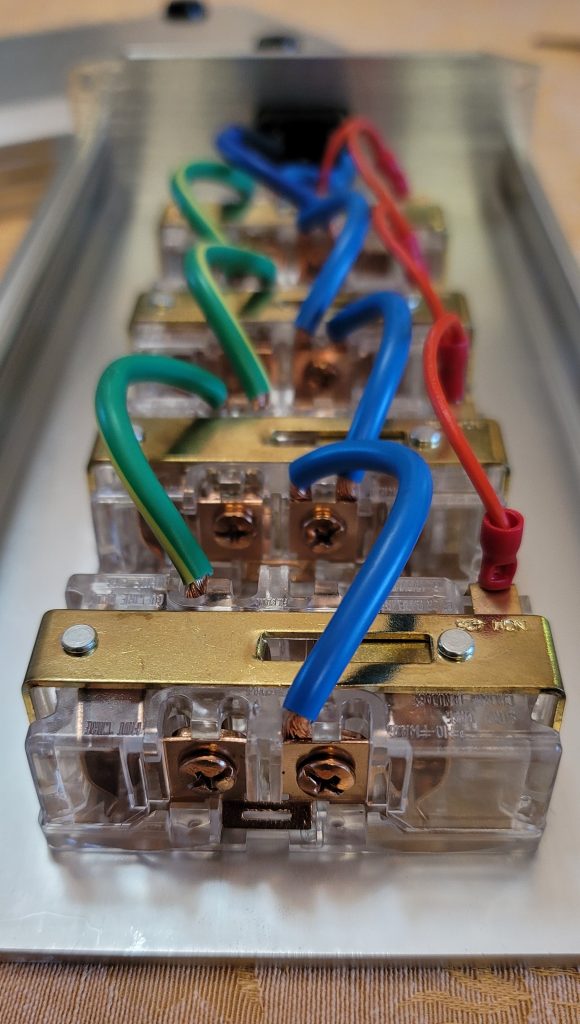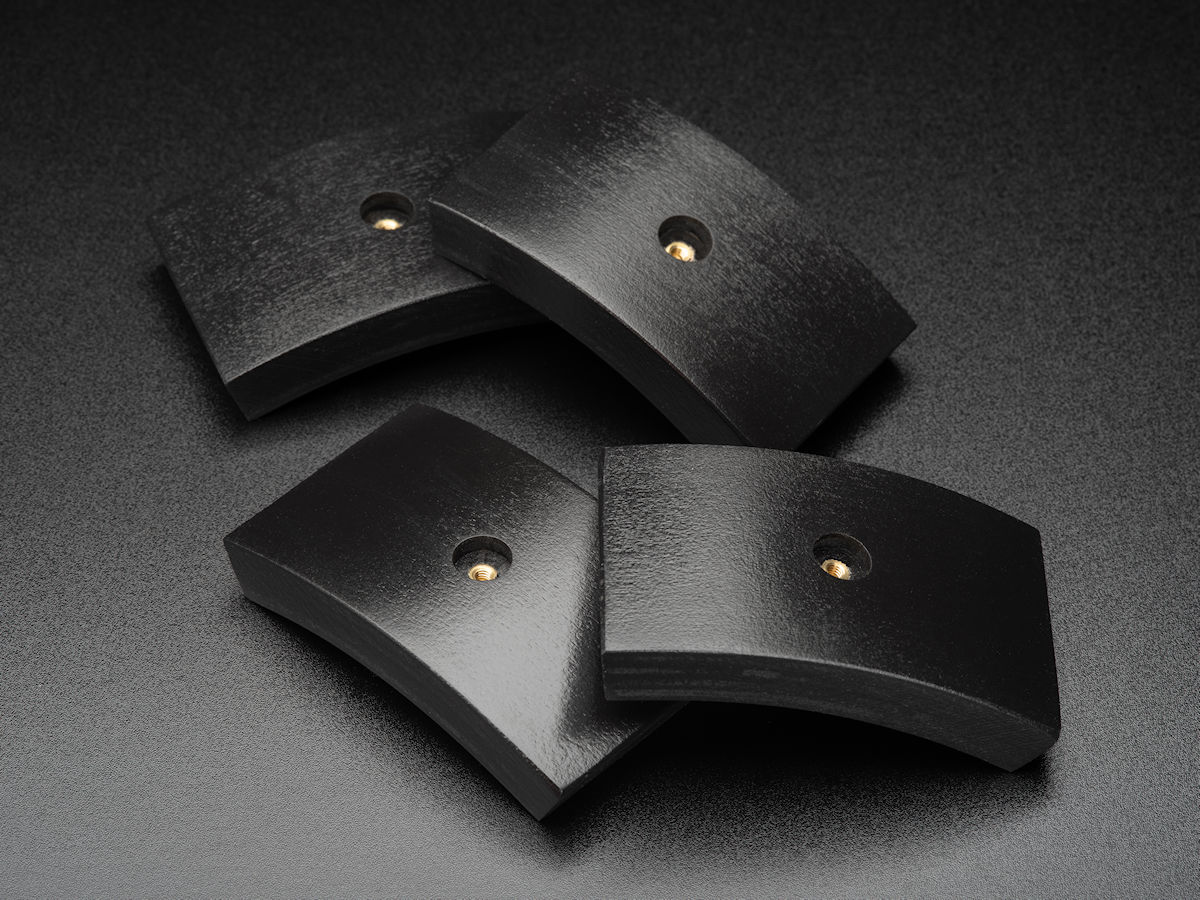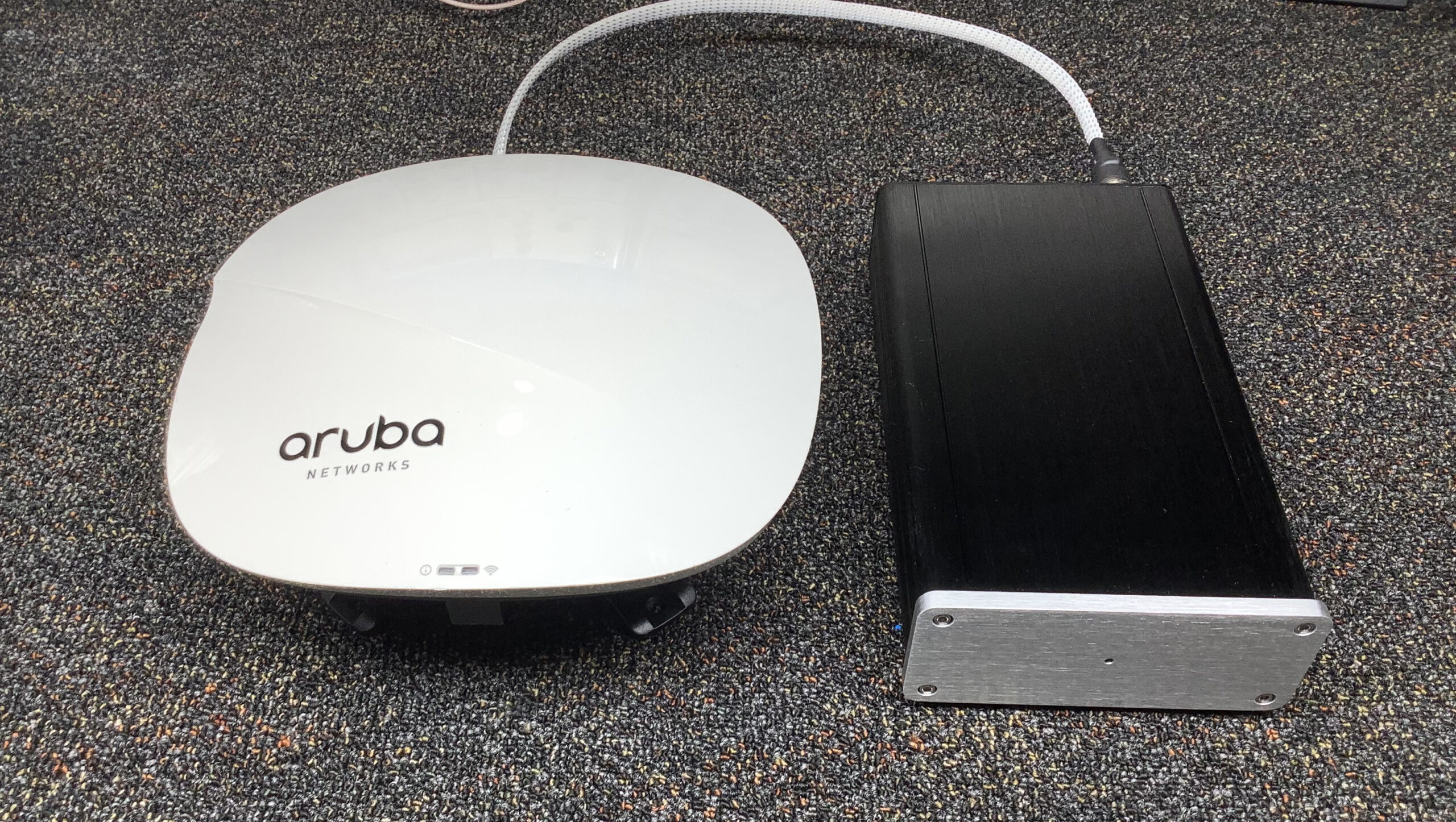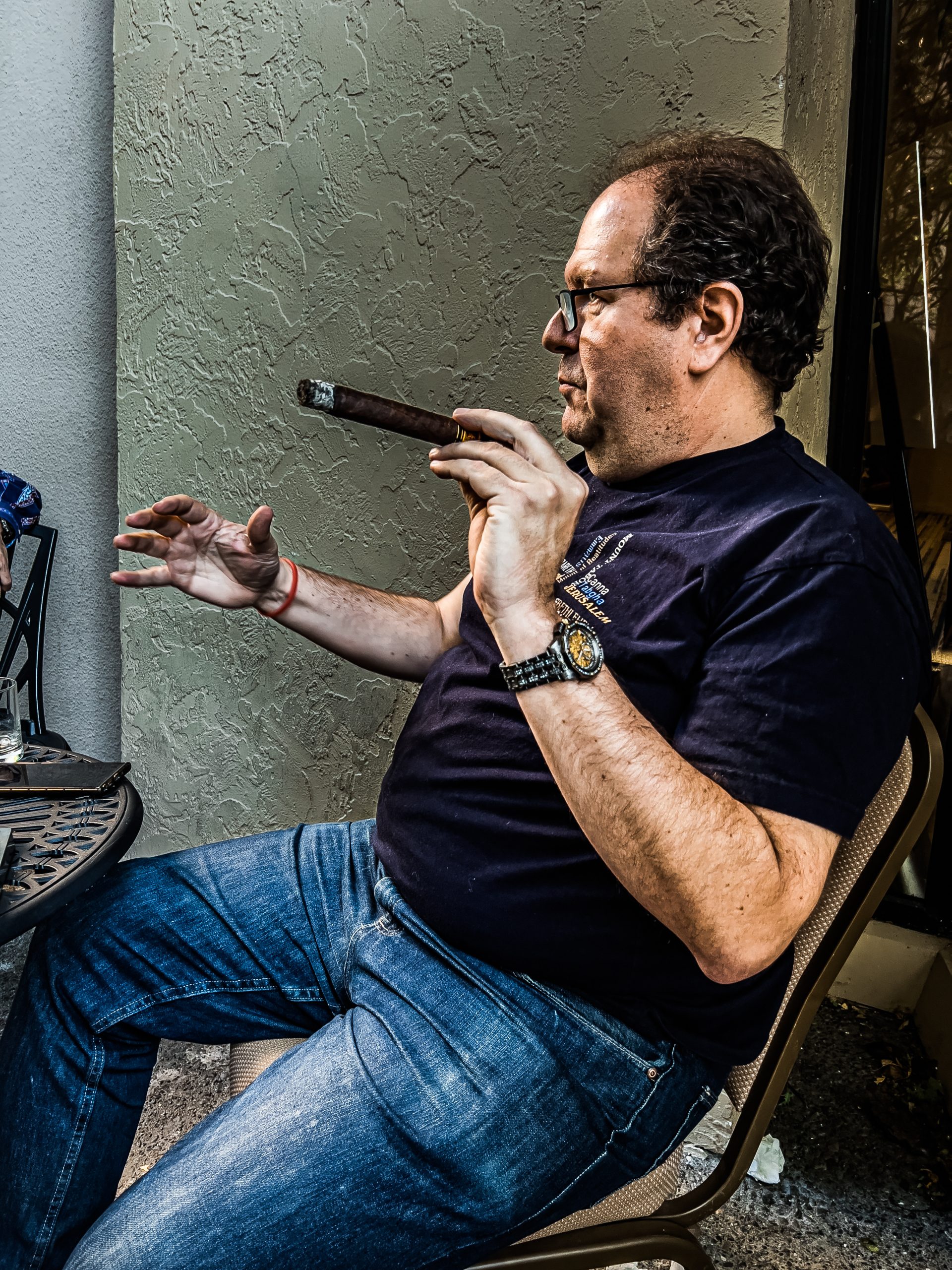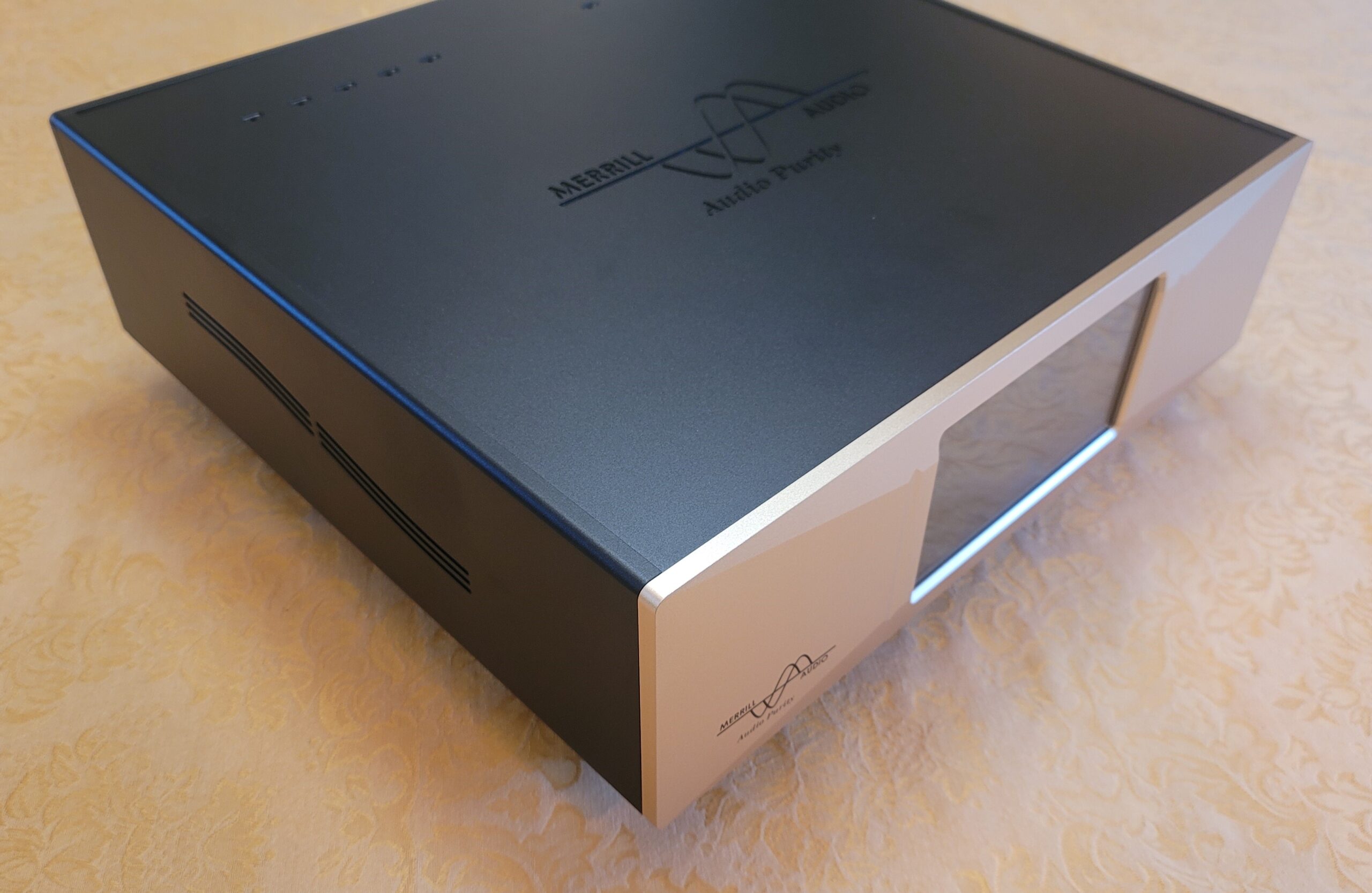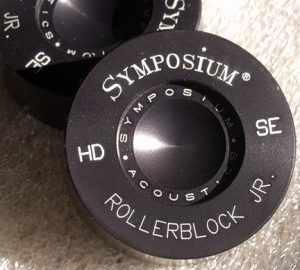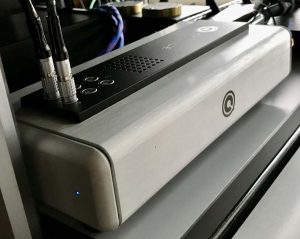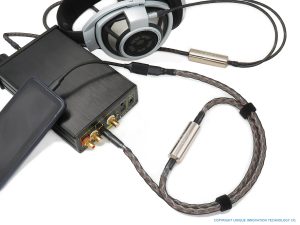The RSX Power8™ eight-outlet Power Box has one simple goal in life: Distribute power without getting in the way. In theory this would seem simple enough. In reality, this can be more complicated than one might imagine. As audio purists, we spend enormous resources sourcing just the right DACs, turntables, amps, interconnects—you name it. We then tend to pay far less heed as to how to properly power all these devices once we unbox them. We'll invest in some type of surge suppression, noise filtering, or even power regeneration. We may even have dedicated circuits installed into our listening spaces. Even with all that, we still need to get power broken out to separate outlets to feed into our items.
Power strip to the rescue! No. No. NO! Power strip to our demise! The fact is cables are imperfect mediums. Power cables and power strips are no exception. Each cable and connection along the way carries the potential of introducing unwanted artifacts, an artifact being anything other than a perfect sine wave. Even if you have perfect power (no such thing, really) at your source, there is no guarantee you'll have that same perfection by the time the current reaches your DAC/amp/etc. Left unaddressed, distortion is the inevitable killer of what we're trying to recreate in our listening experiences. Distortion equals harmonics. Harmonics equals noise. Noise equals bad times for our ears. The Power8 works to prevent this. The idea being if you can provide excellent power inbound, then by all rights you should be able to provide that same excellent power out to your devices.
If you look inside a typical power strip, what do you see? Small wiring connected to a low-grade master switch and some generic very inexpensive circuitry used for surge clamping. Hardly a pristine environment. Peering inside an RSX Power8 with its eight power receptacles yields a completely different experience. Clean, professional, and, best of all, simple!
The RSX design philosophy is simplicity at its best. Roger Skoff (the RS in RSX) takes the concept of "do no harm" and has created a product line of cables, distribution boxes, and interconnects that allow to you listen to the music as intended without added interference from the physical mediums that tie everything together.
So how does it sound? After all we listen to music, not components. (At least, that is what we should be aiming for.) To my ears, the difference was a more open, honest soundstage. Having been a stage and concert performer for over 40 years, I can say that there is a huge difference between being on-stage during a performance, and listening back to a recorded performance. We can do incredible things with sound recording and reproduction. But as any performer will tell you, there's nothing like being on stage. The Power8 coupled with the RSX Beyond AC Power Cable brings the listener closer to the on-stage experience enjoyed by performers. We work to mitigate existing noises and (here's the key part), not to introduce new noise in our setups! Hence the need for RSX Technologies.
Here are some simple graphs to help illustrate the point. Two graphs are presented here. They show the KECES linear Class A/AB hybrid amplifier, connected to the speakers, powered on at idle:
Power supplied via generic power cable
Power supplied via RSX BEYOND Power cables and an RSX Power8 distribution box
The first graph shows the resulting noise level coming from the amp and speakers using a standard generic power cable that was supplied with the KECES amp. No content is being provided to the amp. This is simply the noise floor of the amplifier, measured just in front of the speaker. The second graph is the exact same setup, except the power cables have been replaced with RSX Beyond Power Cables running through the RSX Power8/Beyond™ AC Cables.
Two things to notice here when comparing the second graph to the first:
1) The noise floor just at under 1kHz drops by several dBs. The noise floor between 2kHz to 5kHz is also several dBs lower.
2) Notice along the extreme right-hand edge that there is a considerable drop in high-frequency noise at the metering app's upper limit. This happens by not introducing distortion and artifacts in the power delivery from the source to the amplifier. The result is fewer unwanted harmonics that end up presenting themselves as high frequency noise.
It's important to remember what the Power8 is, and what it is not. It is a high-quality, well-designed, no-nonsense, no-noise distribution box. It is not a surge suppressor, or a power regenerator. It won't reduce noise that's already on the cable. Rather, this device is specifically designed to not introduce noise or other unwanted artifacts during power distribution. If you have nasty/noisy AC power in your location, you will need to consider a quality AC Line Conditioner/AC Line Regenerator (e.g., the PS Audio PP-15 or equivalent) to correct incoming problems. An ideal scenario for the Power8 would be to connect it to your clean conditioned power source by way of your best power cable, such as an RSX Beyond™ series for example. Then connect the individual outlets of the Power8 to your individual components by way of RSX Prime™ or RSX Max™ cables. Of course, any quality power cord will work.
Personally, I like the idea of having a single manufacturer being able to provide power to the individual cables and distribution box. There isn't a question as to whether these products are designed to work together in perfect non-harmonic-inducing harmony.
Remember that any surge suppression, filtering, and/or regeneration takes place in front of the Power8. The RSX power cables and Power8 are then used as your power transport and distribution platform for your gear.
One thing to be aware of with the Power8: The outlets in the Power8 are electrically grounded as expected. Everything plugged into the Power8 has ground protection. The Power8 case itself is not grounded. There is no electrical contact between the individual outlet grounds and the Power8 chassis. In the extremely unlikely event a hot power lead within the Power8 becomes disconnected and touches the case, the case will become energized, and may give you one heck of a shock if touched.
RSX Technologies aptly fills the important gap that gets so often overlooked, namely finding the best way to get power from your source to your gear. Clean sound starts with clean power. And getting that clean power to your gear is equally important. After all, what's the use of having high-quality expensive power filtering and regenerating equipment if we can't get that clean power to our components? RSX to the rescue!
A common complaint in high-end audio is that everything is too expensive. That RSX Technologies has delivered such a fine and useful product at the astonishing price point of $429 (eight AC outlets, silver or black finish, and 15 Amp rating) means that AC power distribution can be both high quality and affordable. Since the Power8 has a standard IEC connector for 15 Amp service, you can pair it with any of the RSX line of cables (the PRIME, the MAX, or the BEYOND in order of lower to higher price ranges), or use an AC cable from another manager. Of course, system synergy being what it is, I can't guarantee what mix and match might produce. That will be up to you.
My experiences with the RSX line of products have been a delight. Hats off to Roger Skoff and the rest of the team at RSX over in Rancho Cucamonga! (Or as we used to call it when I was growing up there, "Rancho Cuca Alta Etiwa Guasti." If you've ever lived there, you'll know what I'm talking about!)
Power8™ AC Power Box
Retail: $429 (15 amp version, the unit reviewed); $479 (20 amp version available)
Finishes: Silver and Black, same cost
RSX Technologies
10184 6th Street
Suite A
Rancho Cucamonga, CA 91730
909.870.9292
US Dealer List: https://rsxtech.com/domestic-dealers/
All photographs by Dean Waters




